By Localiiz
Branded | 17 May 2024
By Localiiz
Branded | 14 May 2024
Copyright © 2025 LOCALIIZ | All rights reserved
Subscribe to our weekly newsletter to get our top stories delivered straight to your inbox.
The world is taking notice of how different industries are impacting the environment and the wine industry is no exception. Have you always thought wine is an environmental friendly product, since it is made from grapes and grown at beautiful vineyards?
The reality is that factors such as growing practices, packaging, shipping method, and distance to Hong Kong all contribute to the impact that wine has on the environment. But how do you know if the wine you’re drinking is hurting the environment?
Let online wine retailer WINE MOMENTS help you out with these four simple tips to drinking green.
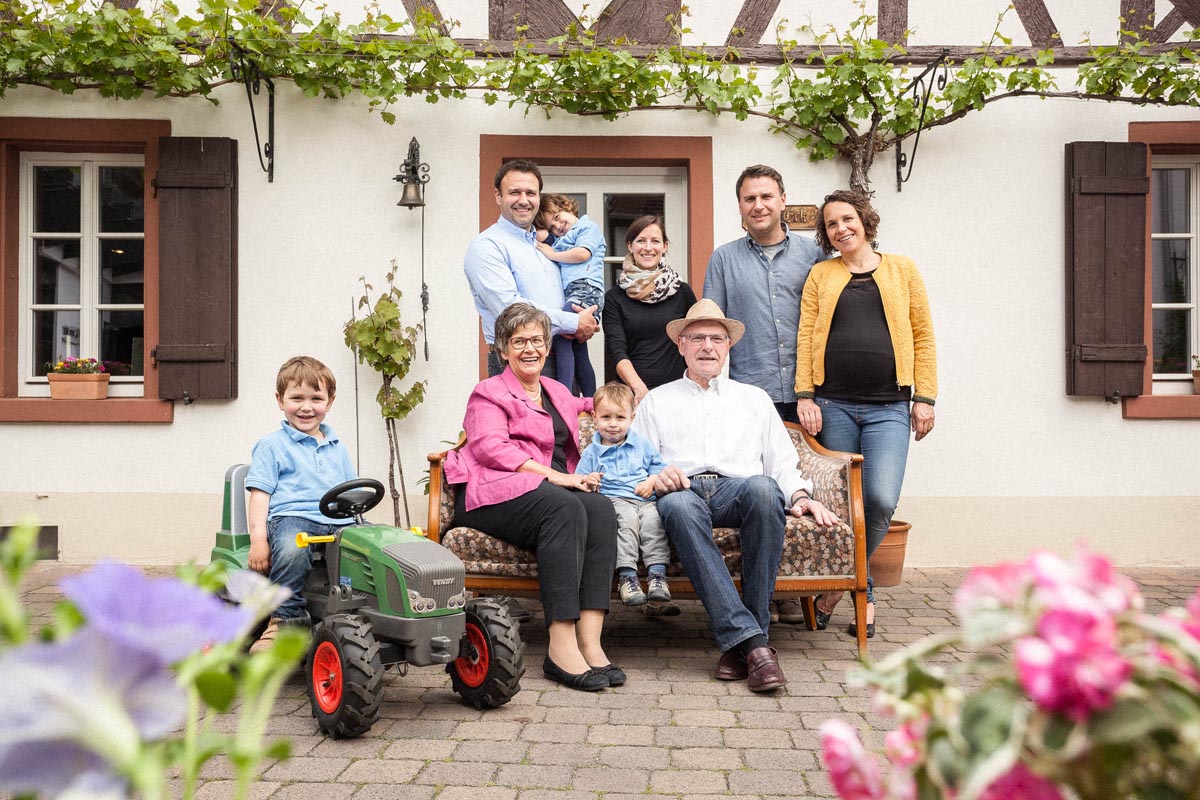
The first step in drinking green is to actually know where your wine is coming from. Would you rather drink wine from a small family run vineyard or mass-produced heavily manipulated wine? Most smaller scale winemakers around the world are moving away from using chemicals, reducing waste, and getting back to the natural and sustainable way of making wine, so doing a little research gives you the power to support those vineyards.
If you want to learn more about small, sustainable farms, check out the Winemakers page on the WINE MOMENTS website.
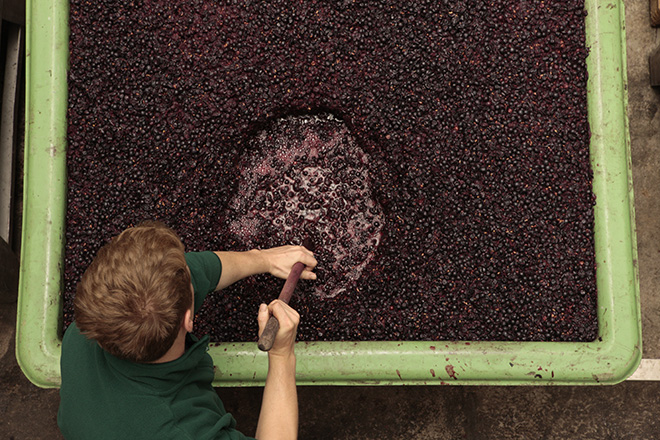
The word “organic” is a trendy term that makes people willing to pay twice as much. Organic wine doesn’t have to be overly expensive, but you can expect it to be a bit more pricy than the cheap supermarket wine. To put it simply, certified organic wines are produced with organically grown grapes, where the vineyards are regulated through specific ecological guidelines prohibiting the use of any synthetic pesticides or fertilizers. Organic wine is marked with the EU organic certification label that is easy to spot.
Click here to learn more about certified organic wine.
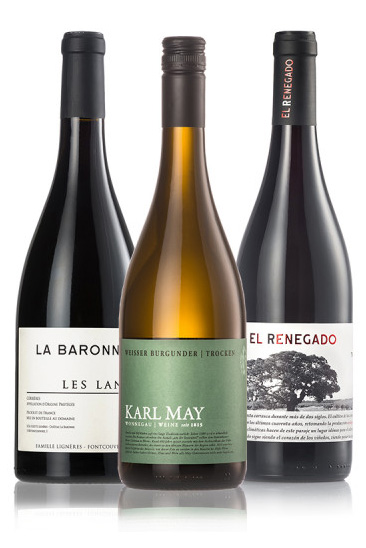
Check out the Organic Wine Box available at WINE MOMENTS.
Each box contains three different organic wines from three different countries, which are made by small family operated vineyards that have completely transformed into full organic vineyards.
As a special treat, WINE MOMENTS is offering FREE delivery and a FREE gift box with each set.
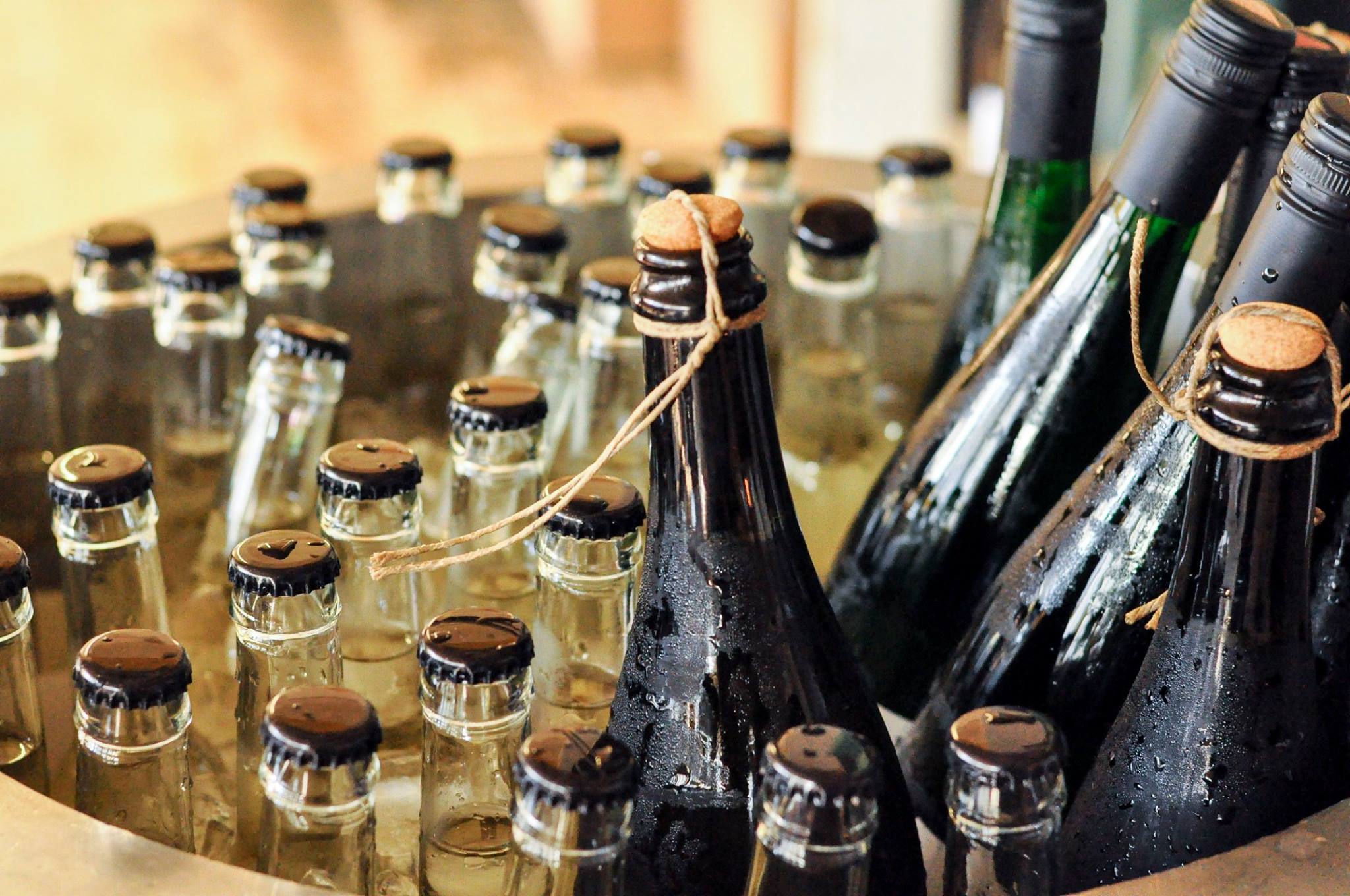
The packaging of wine has the biggest environmental impact, and unfortunately, there isn’t a simple way to choose more environmentally friendly wine packaging. It comes down to picking the lesser of two evils – cork versus screw cap. The pros and cons of natural corks include the fact that it takes less energy to produce and it’s made from wood, a renewable material, but it’s also estimated that 400 million bottles of wine go to waste each year because of bad corks due to the processing of wood.
Screw caps can ensure the wine won’t go bad, but the down side is more that it's not a renewable material and manufacturing is more harmful. The arguments for which is better can go on for days, but unless you plan to do something crafty with your corks, there really isn’t an environmental winner.

Photo via Pinterest
Before you make that trip to the bottle bank, have you ever considered getting creative with your wine bottles and corks and putting them to good use around your home?
From cork USB sticks to bird feeders, and floor mats to chic balsamic vinegar and oil holders, there are endless ways to give your bottles and corks a second life.
Just take a look at this fun and inspiring Wine & Upcycling Pinterest board which is packed with loads of great ideas on how to do just that.
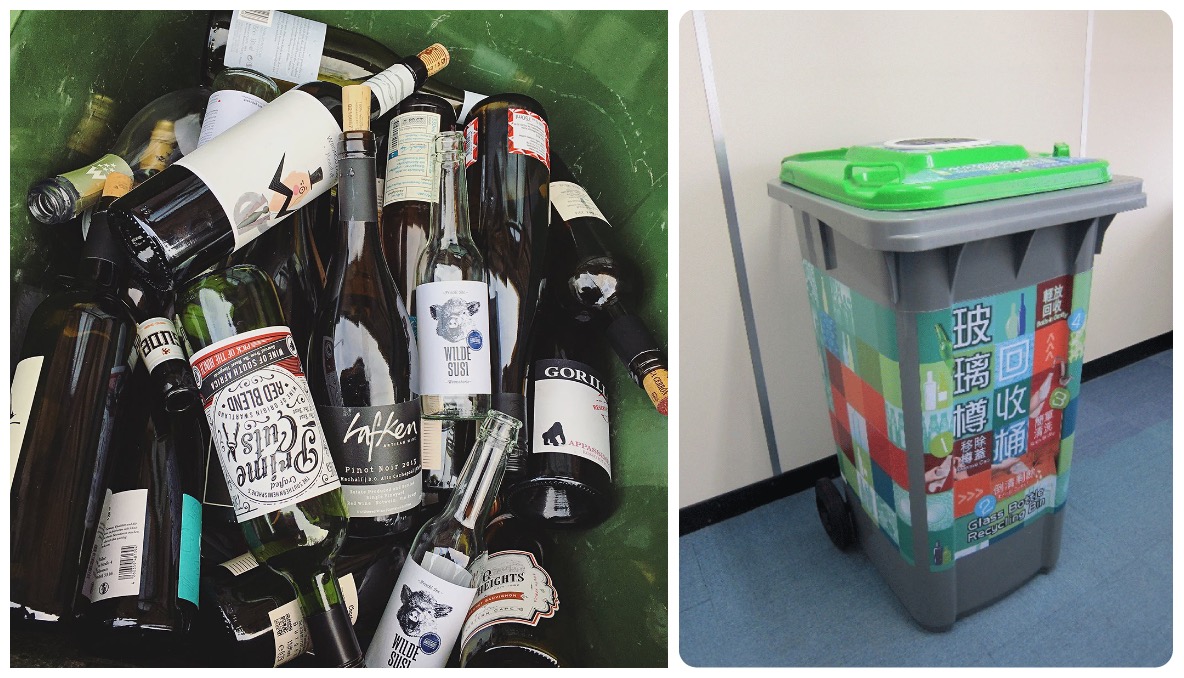
Did you know that glass is 100 percent recyclable and can be re-melted infinite times? Nevertheless, around 400,000 wine bottles are thrown into Hong Kong landfills every day. Pretty shocking, isn't it? That is 146 MILLION a year – and that’s just wine bottles! Recycling in Hong Kong is surprisingly difficult, collection bins are not always easy to find and the ones you typically see don’t include glass. But glass collection bins do exist, and with a bit of research you will find that there are collection points all over the city – click here to find one near you. Start simple by setting aside your empty bottles, then picking a day each week to take all your bottles to the collection bin. Small recycling efforts have the ability to create real change in Hong Kong – changes that we can actually see on our beaches and in our ocean.
Top